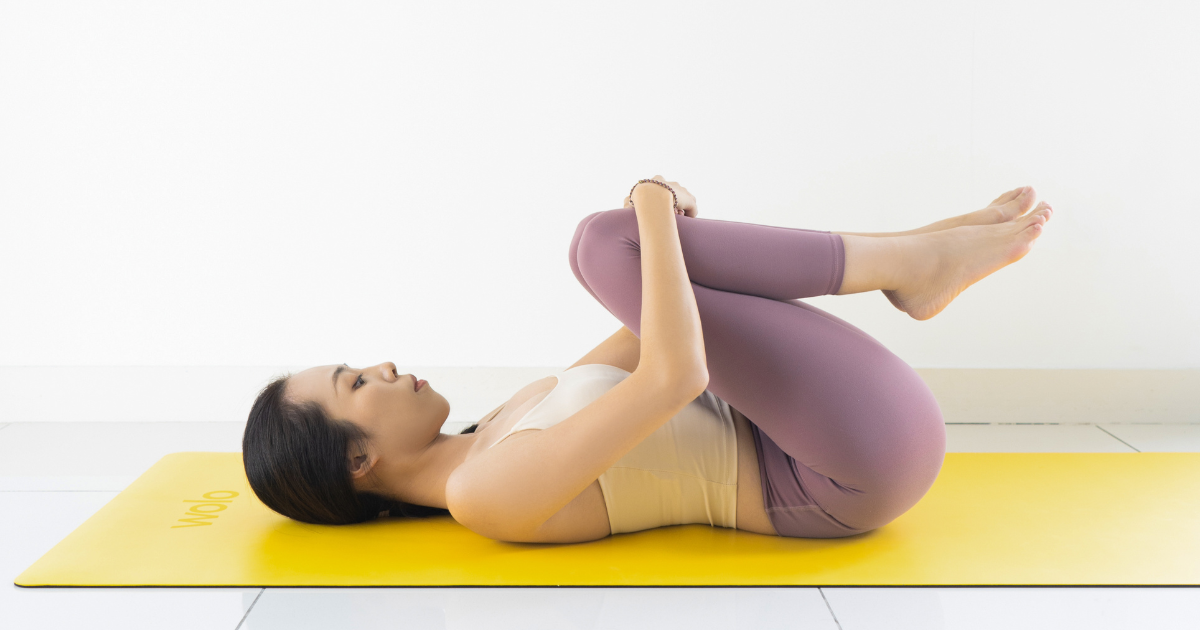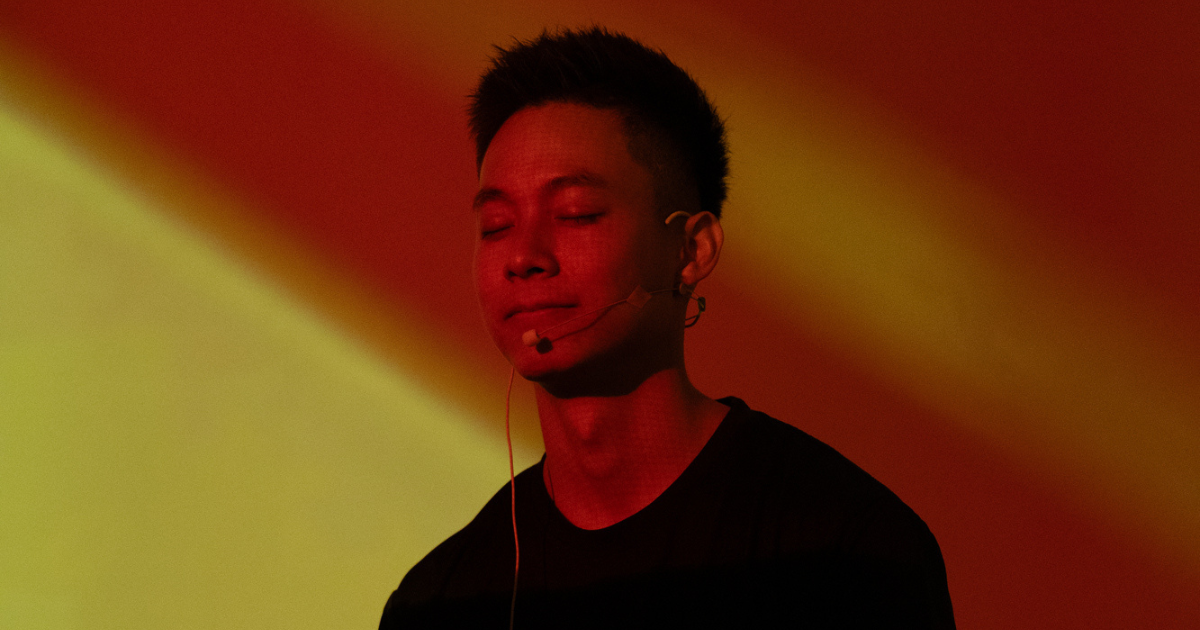The Sun Salutation, known as Surya Namaskar in Sanskrit, is a graceful sequence of twelve poses performed in a continuous flow, traditionally in the morning to greet the new day.
This ancient practice dates back thousands of years and is rooted in Indian yogic traditions. It is not only a physical exercise but also a way to express reverence for the sun, a source of all life.
Over time, the Sun Salutation has evolved, integrating into various yoga styles and practices worldwide. Its adaptability and comprehensive nature, addressing both the mind and the body, have made it a fundamental component in the routine of millions of practitioners, symbolizing the unity between the individual and the universe.
What are Sun Salutations?
Sun Salutations are a series of poses performed in a flow, each movement synchronized with the breath. This dynamic sequence is designed to build heat in the body, improve flexibility, and increase strength. It serves as a complete workout for the body, engaging various muscle groups, and can also be a meditative practice as it requires focus and presence.
Commonly practiced in sets, sun salutations can be a warm-up at the beginning of a yoga session or a standalone practice. Their versatility allows practitioners of all levels to modify or intensify the sequence, making it accessible to beginners and challenging for advanced yogis. The practice embodies the essence of yoga, uniting the mind, body, and spirit through movement and breath.
The Sun Salutation Sequence

Now that you know what sun salutation is all about, let’s dive into the sequence, which consists of various yoga poses. Remember to pair each movement with an inhale or exhale, creating a rhythm with your breath.
Mountain Pose (Tadasana)
Directions:
- Begin your practice with intention, standing in Mountain Pose.
- Distribute your weight evenly across both feet, grounding yourself firmly to the earth.
- Bring your hands together at your chest in a prayer position, encouraging a moment of reflection.
- Lift your body upwards, reaching through the crown of your head, as you take steady breaths, establishing a foundation for your sequence.
Upward Salute (Urdhva Hastasana)
Directions:
- From Mountain Pose, inhale and sweep your arms out to the sides and up overhead, bringing your palms to touch in an Upward Salute.
- Allow your body to stretch fully, extending the spine and reaching towards the sky while grounding through your feet.
Standing Forward Bend (Uttanasana)
Directions:
- Exhale as you fold forward from the hips into Standing Forward Bend, keeping your chest parallel to your legs as much as possible.
- Lengthen your spine and stretch the hamstrings.
- Let your head hang freely, releasing tension in the neck and shoulders as you embrace the pose's inward journey.
Halfway Lift (Ardha Uttanasana)
Directions:
- Inhale and lift your torso halfway up, placing your hands on your shins.
- In this position, aim to create a flat back, aligning your body so that your chest is parallel to the floor.
Side note: The Halfway Lift rejuvenates the spine, preparing it for the further challenges of the sequence, and helps to cultivate balance and focus.
Plank Pose
Directions:
- Exhale as you step back into Plank Pose, engaging your core to keep your body straight from head to heels.
- Focus on building strength throughout your body, especially core muscles, while maintaining a neutral spine.
Four-Limbed Staff Pose (Chaturanga Dandasana)
Directions:
- From Plank Pose, inhale and then exhale as you bend your elbows, lowering your body towards the floor.
- Keep your upper body strong and avoid letting your chest and chin sag.
- Your hands should press firmly to the floor, supporting the weight of your body as you build body strength through this challenging pose.
Upward-Facing Dog (Urdhva Mukha Svanasana)
Directions:
- Roll over your toes to transition into Upward-Facing Dog, straightening your arms to lift your chest and thighs off the floor.
- Ensure your legs are straight and active, supporting the lift and opening of your chest.
Side note: This backbend energizes the body, encouraging deep breathing and heart opening.
Downward-Facing Dog (Adho Mukha Svanasana)
Directions:
- From Upward-Facing Dog, exhale as you lift your hips up and back into Downward-Facing Dog.
- Bend your knees slightly, if needed, to straighten your arms, aiming for a triangle shape with your body.
Halfway Lift (Ardha Uttanasana)
Directions:
- Now, we’re closing the loop with the Halfway Lift. Inhale and lift your torso halfway up and place your hands on your shins.
- Again, aim to create a flat back, making sure your chest is parallel to the floor.
Standing Forward Bend (Uttanasana)
Directions:
- Exhale as you fold forward into Standing Forward Bend, keeping your chest parallel to your legs as much as possible.
- Lengthen your spine and stretch the hamstrings.
- Allow your head hang freely, releasing tension in the neck and shoulders.
Upward Salute (Urdhva Hastasana)
Directions:
- Flowing back towards the front of your yoga mat, inhale and sweep your arms out and up into another Upward Salute.
- Reach high, stretching through your torso and spine, as you prepare to close the sequence.
Mountain Pose (Tadasana)
Directions:
- Complete the sun salutation by exhaling and returning to Mountain Pose.
- Bring your hands together in Anjali Mudra at your heart, grounding once more through your feet. This return to the starting pose closes the cycle, allowing you to reflect on your practice and carry its calm energy forward.
Side note: This sequence can be repeated multiple times, flowing smoothly from one pose to the next, focusing on your breath.
Benefits of Sun Salutations
Practicing sun salutations offers a wide range of benefits, from physical to mental. Physically, it warms up the body, increases flexibility, and strengthens multiple muscle groups. By synchronizing movement with breath, it also enhances respiratory function and stimulates the cardiovascular system, potentially increasing the heart rate in a healthy way.
In Hatha Yoga, Sun Salutations are particularly valued for their ability to improve concentration, reduce stress, and foster a meditative state of mind. The repetitive, flowing nature of the sequence encourages mindfulness and presence, making it an excellent practice for those seeking to cultivate peace and clarity in their daily lives.
Modifications of Sun Salutations
While Sun Salutations can be practiced by individuals at any fitness level, modifications can make the poses more accessible or challenging, depending on one's needs.
For beginners or those with physical limitations, props like blocks or straps can help achieve the correct posture without strain. Similarly, poses can be simplified by bending the knees or keeping the feet grounded.
For more advanced practitioners looking to deepen their practice, variations can add complexity and intensity to the sequence. Incorporating additional poses, increasing the pace, or holding poses for a longer duration can challenge the body and mind further.
Regardless of modifications, the essence of Sun Salutations as a holistic practice remains, offering benefits to all who incorporate it into their routine.
Tips for Doing Sun Salutations
When embarking on your sun salutation journey, begin with understanding the flow of each pose within the sun salutation sequence. To maximize benefits, here are a few tips to consider.
- Synchronize each movement with either an inhalation or exhalation, ensuring your breath guides your movement. For instance, lift your arms during inhalation in the upward salute (urdhva hastasana), and embrace a swan dive on an exhalation as you transition into the standing forward bend.
- Tailor the sun salutation to your body’s needs—making it accessible and enjoyable. If the transition to the floor is challenging, gently bend the knees or use blocks under your hands in poses like ardha uttanasana to lengthen your spine without strain.
- For those exploring variations of sun salutations, like sun salutation B or moon salutations, remember to maintain a smooth flow of breath and movement. Consulting a certified yoga instructor can offer personalized guidance, ensuring your practice is safe and effective.
Conclusion of the complete guide to sun salutation
The sun salutation stands as a cornerstone in yoga practice, embodying the essence of gratitude towards the source of life. Its sequences, from the simple to the complex, invite practitioners of all levels to engage in a comprehensive yoga experience.
By incorporating a regular practice of sun salutations into your routine, you not only honor this ancient tradition but also unlock a pathway to improved physical and mental well-being. Whether you are a beginner drawn to the foundational poses or an experienced yogi delving into the depths of Ashtanga yoga, the sun salutation sequence offers a versatile framework for exploration.
Remember, the journey through each pose is a personal one, where the ultimate goal is harmony between body, breath, and spirit. Embrace each sun salutation with intention and openness, allowing the transformative power of yoga to enrich your life.





